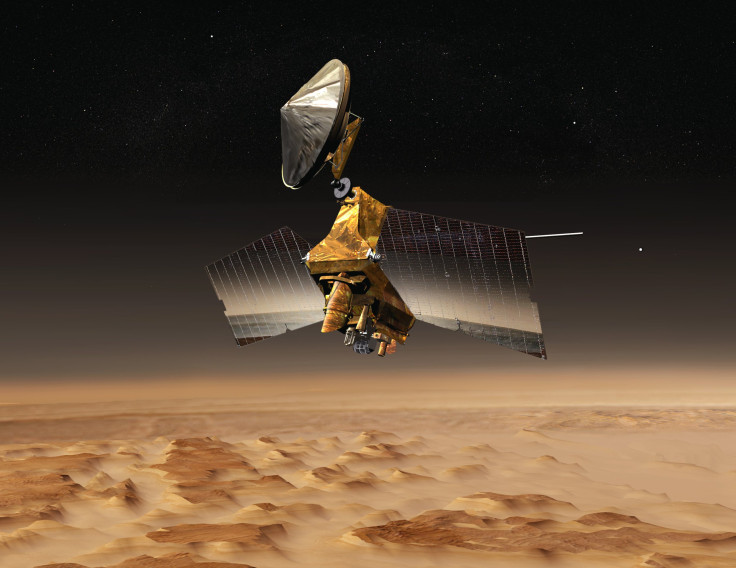NASA’s Mars Reconnaissance Orbiter Currently Offline Due To Important Updates

KEY POINTS
- NASA's Mars Reconnaissance Orbiter is currently non-operational
- The MRO is undergoing important updates
- The updates will allow the MRO to continue operating until the next decade
NASA’s Mars Reconnaissance Orbiter (MRO) is currently non-operational due to a rare maintenance procedure. During its hiatus from its mission, NASA will use its other orbiters to relay the information sent by the Curiosity rover and InSight lander on the Red Planet.
The MRO was first launched by NASA in 2005. For 15 years, the robotic spacecraft has been orbiting Mars and collecting valuable information about the planet’s surface from space.
Earlier this week, NASA announced that the MRO would temporarily go offline due to a maintenance procedure. According to the agency, the procedure began on Feb. 17 and will last until Feb. 29. NASA confirmed that the MRO would not be able to carry out its objectives during this period.
The maintenance work on the MRO involves updating the battery parameters of the orbiter’s flash memory. As noted by NASA, the latest procedure marks the second time that the MRO’s battery parameters were updated since its launch.
The agency explained that the update is important for the MRO since it will enable its batteries to reach the appropriate level of charging.
“This special update is necessary because it was recently determined that the battery parameters in flash were out of date and if used, would not charge MRO's batteries to the desired levels,” NASA explained in a statement.
Aside from the battery parameters, NASA’s engineers will also conduct updates on the MRO’s onboard computers to ensure that they are working properly and to prevent its flash memory from getting corrupted.
According to NASA, the MRO has a set of redundant computer systems that it uses when it encounters technical issues. The agency has to make sure that the operating system of these computers are up-to-date to ensure that the spacecraft can still function properly whenever it switches from one computer to the other.
“Whenever a spacecraft detects a technical issue, there's a series of actions it can take, including swapping to a redundant side of its electronics or rebooting its computer,” NASA explained.
“Success in those cases depends upon restoring an uncorrupted, up-to-date version of an operating system with its parameter files from flash memory,” the agency added. “To guard against corruption of the flash memory itself, multiple copies of essential parameters are stored onboard.”
NASA noted that the new update would enable the MRO to continue operating until the next decade.
© Copyright IBTimes 2025. All rights reserved.





















